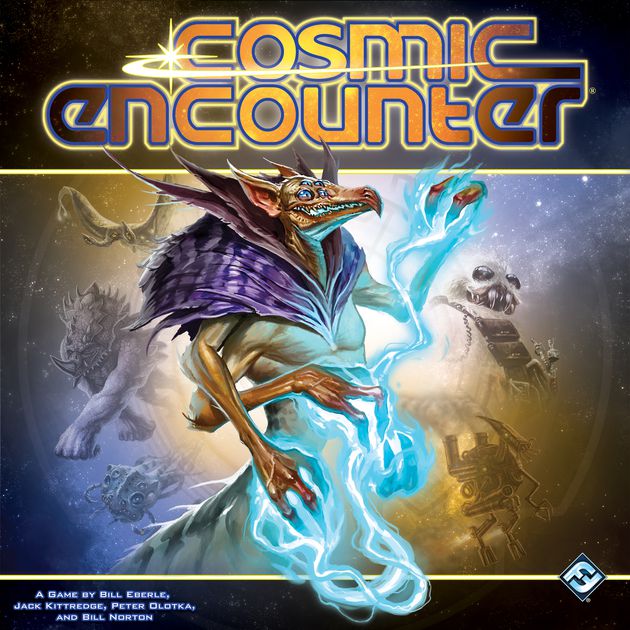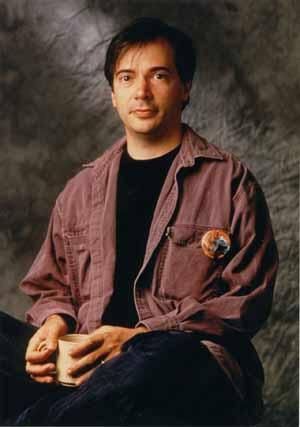A look at how Magic: The Gathering came to be.
Fans know the story of how Magic: The Gathering was started more than 25 years ago. Even casual fans know the basics: In the early 1990s, Richard Garfield got some people together to bring his new game, Magic: the Gathering, out through Wizards of the Coast. It became such a huge sensation that by 1995 it was a worldwide phenomenon, and it still continues to this day enjoying a dedicated player base, numerous tournaments, and a steady flow of income and new players.
But Magic itself wasn’t made simply overnight. It actually took more than a decade for it to come together including a huge hiatus on any development whatsoever in the latter half of the 1980s. In fact, for a long time, the name "Magic: the Gathering" wasn’t even a thought. Instead, Garfield was working on a project called "Five Magics."
In the late 1970s and early 80s, Richard Garfield’s love of card games started joining in with his other interests. In specific, that was his love of the board game Cosmic Encounter for it’s variety and player battles...

... as well as the Lyndon Hardy novel Master of the Five Magics for its fantasy and magic class aspects.

Other games added aspects of duels and creatures, proto-versions of fantasy baseball, and Even marbles. Add to that the card games of his childhood and you get a combined new type of card game. In high school, he finally began cobbling together a game based on five magic classes with duels and turns and unique characters: Five Magics.
For such an influential could-be game, it’s hard to tell exactly what the specifics of what Five Magics actually was as the rules were never really written down. From what we can tell, it was created in or about the year 1982 and that Garfield and friends tried to make a huge game like Cosmic Encounter, but boiled down into a card game. Like MTG, Five Magics had each player play with a deck with that deck having the ability to be changed as the game went on. While that doesn’t exactly sound revolutionary now, it was huge in the early 1980s.
And just like Magic: The Gathering, there were five colors based on geography. Unlike Magic, however, where there is a set formula, Five Magics was all over the place. No game ever had the same formula twice. Some versions had points to win, for example, while others wanted to have the other player dying. Other versions were completely card based while some went more the board game route (minus the board). And so for three years this Magic predecessor was one that was never really set with stone, not knowing exactly what it was going to be.
By the mid 80s, though, it sort of petered out. And, quite frankly, that’s really all we know about it.
By the early 1990s, Five Magics was virtually forgotten. Garfield, now a graduate student and game creator, had worked with Mike Davis on a new board game and decided to visit Wizards of the Coast in the hopes of distribution. WotC, however, didn’t want to invest in another board game at the time and preferred something cheaper to produce and with fewer pieces and parts.

To clear his head, Garfield paid a visit to Multnomah Falls just outside the city to think up a game when he remembered about Five Magics. He then thought about how each deck could be like a character in itself, pretty much solving the main issue he had with the original version. Climbing back, down he drove up to Seattle and told Wizards executives his new idea. In short, they enthusiastically were taken by it.
Back at grad school in Pennsylvania, a newly-inspired Garfield went back at it and started revamping Five Magics through new cards and test plays for WotC. The only thing that wasn’t working was the name, but that's a story for another day.
Five Magics was over, but Magic: the Gathering was only just beginning.









